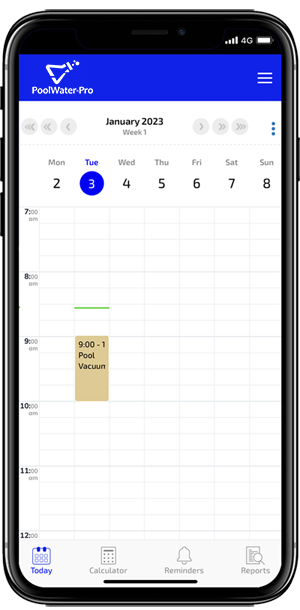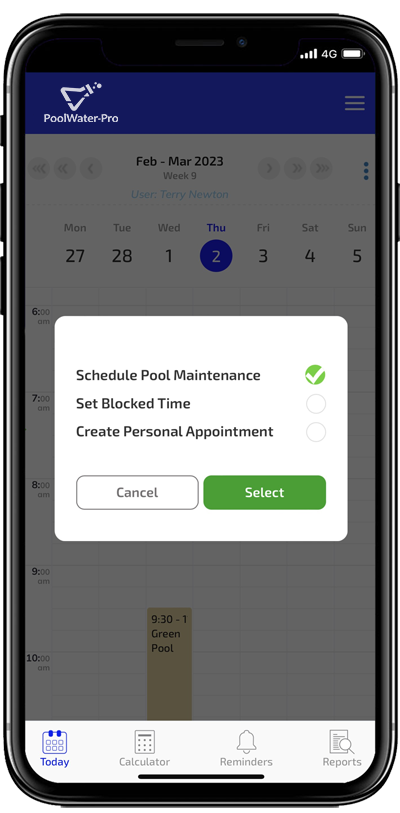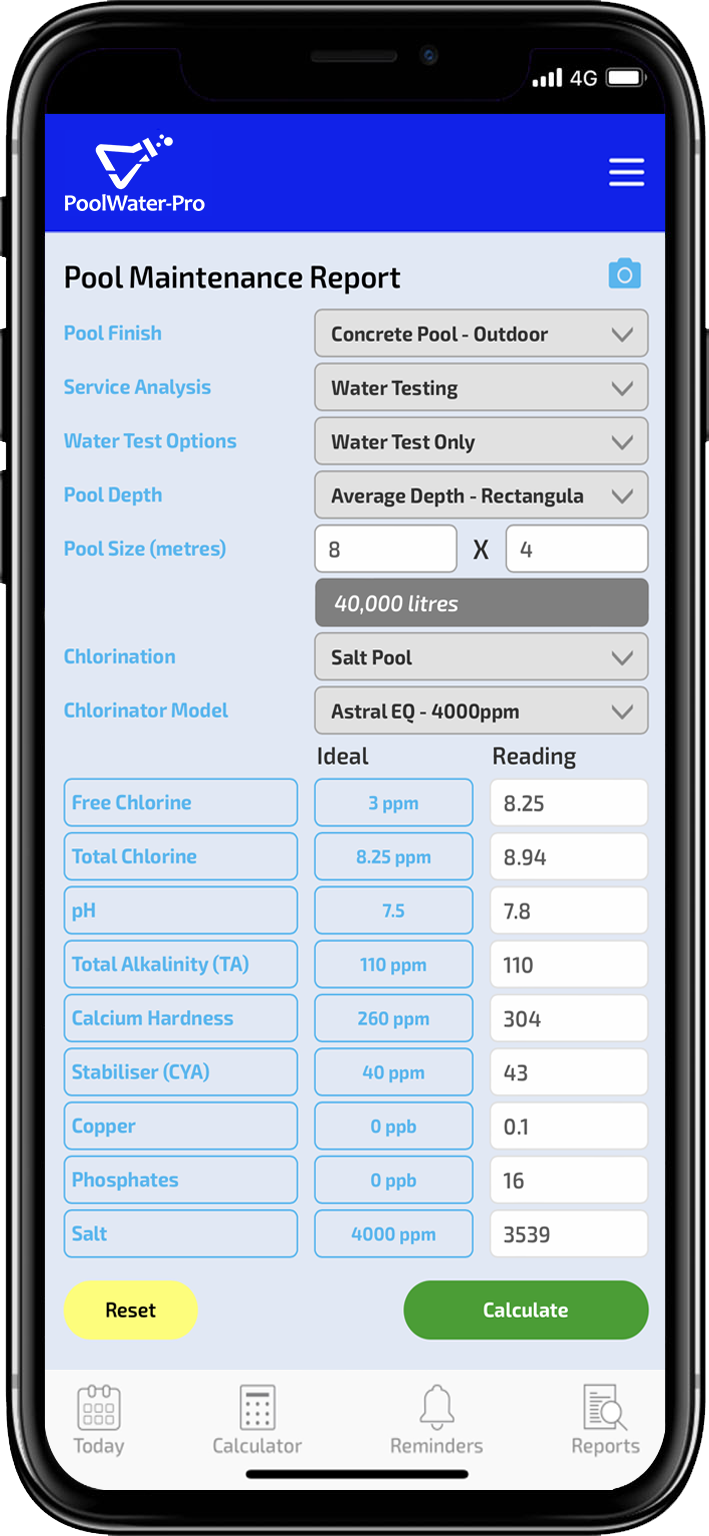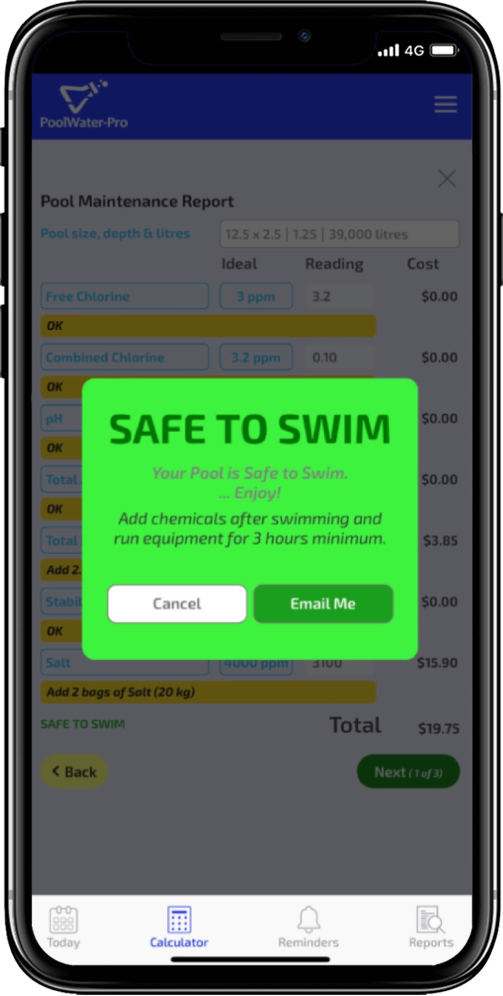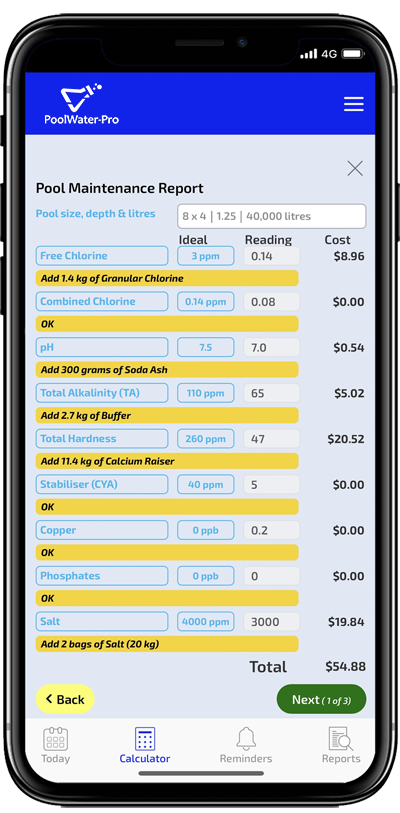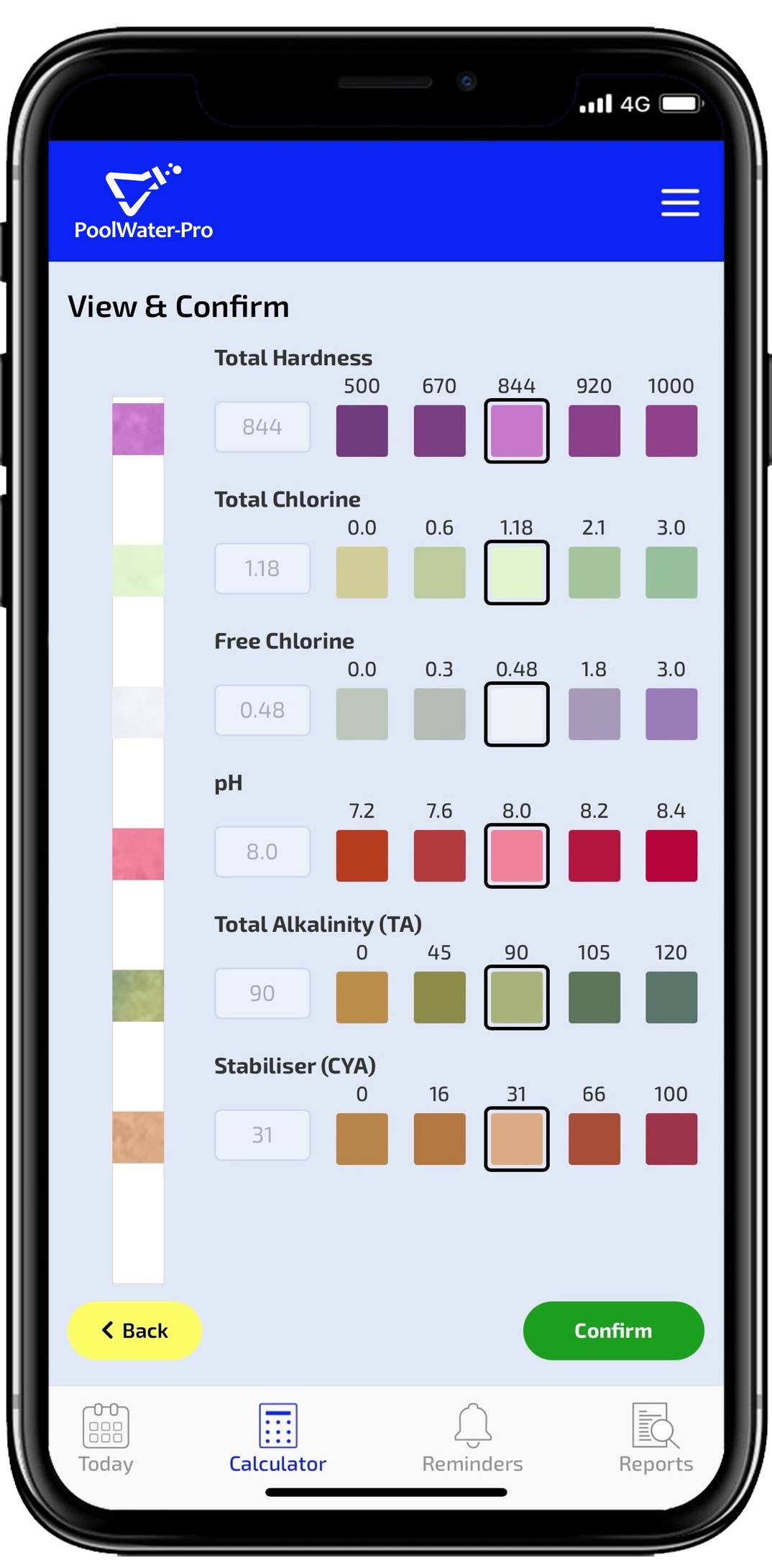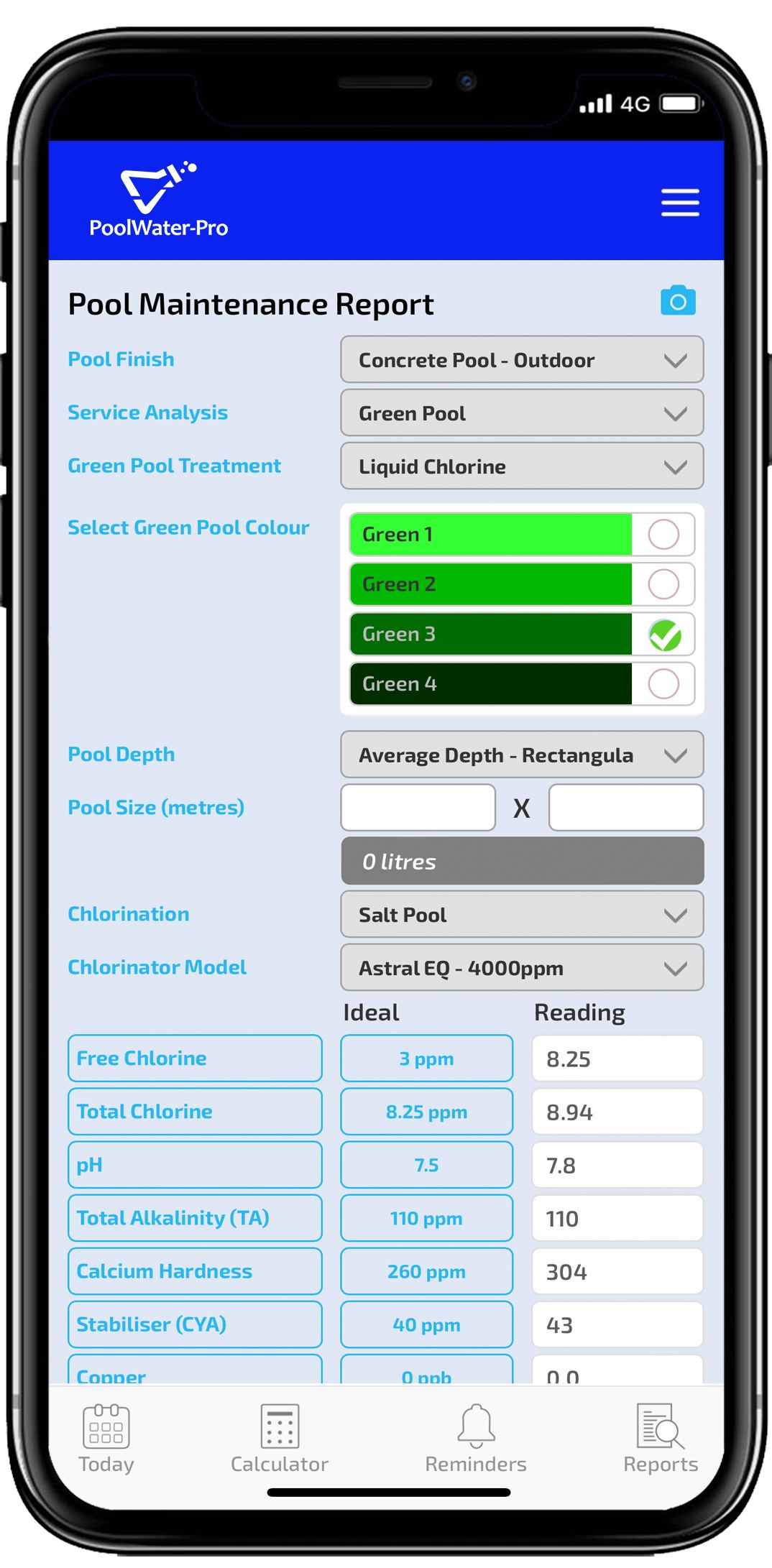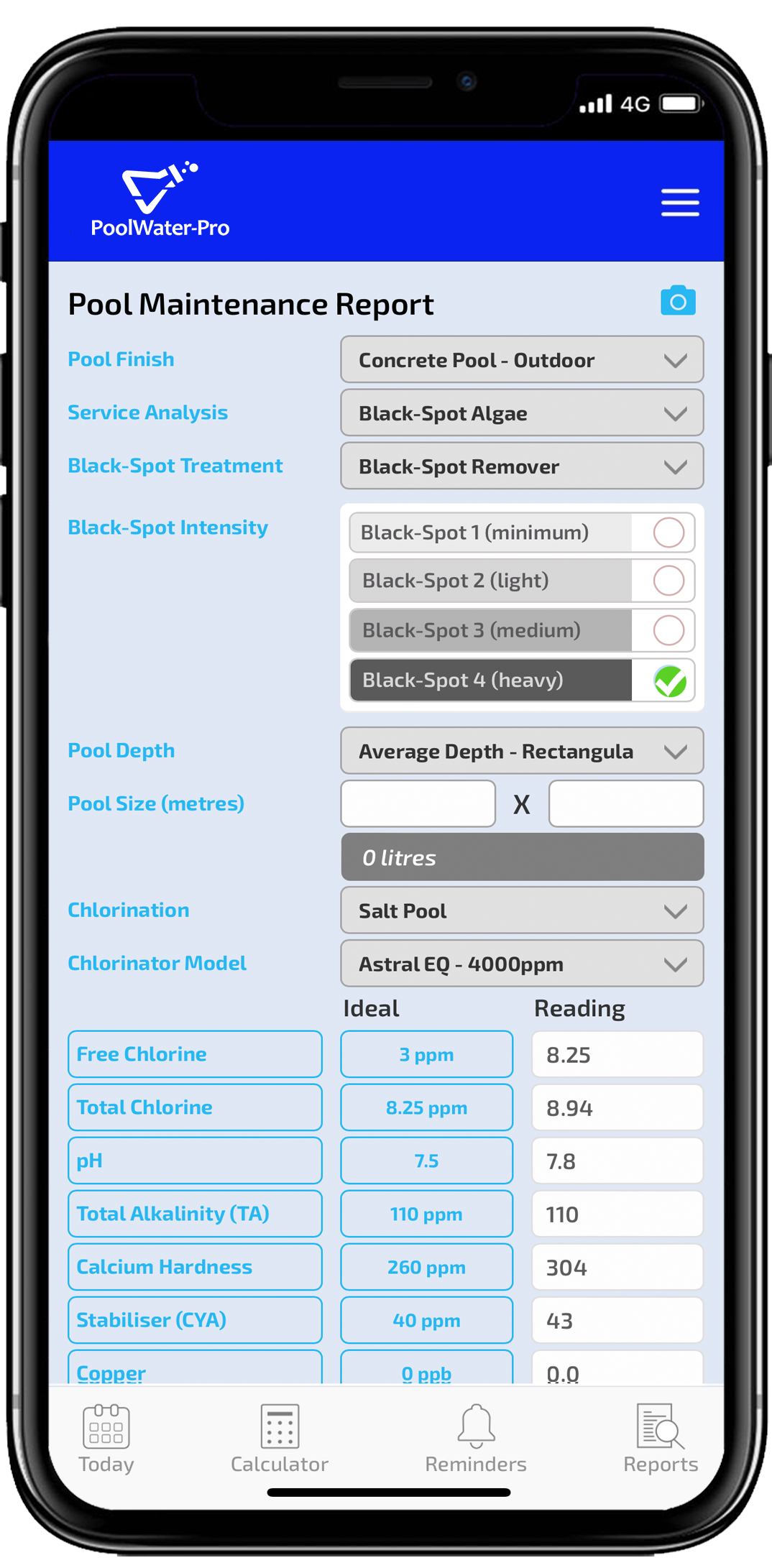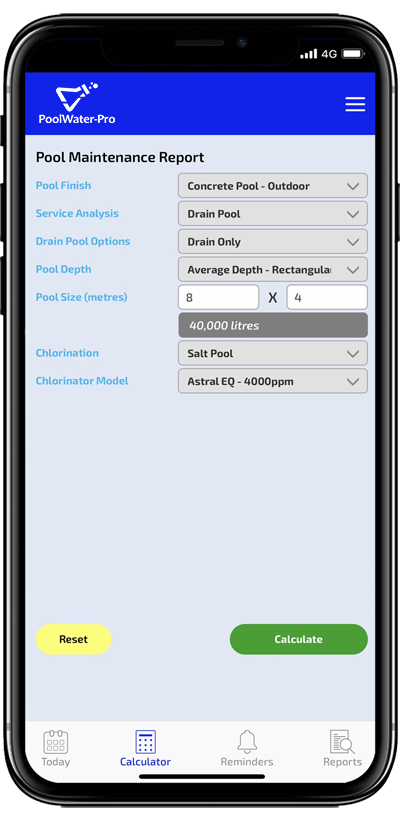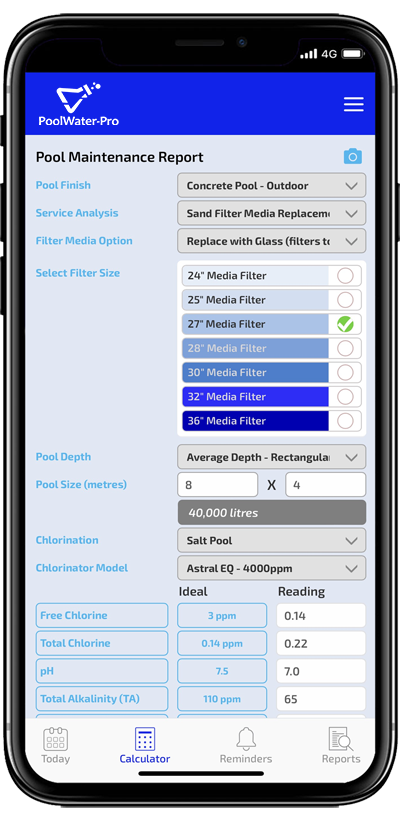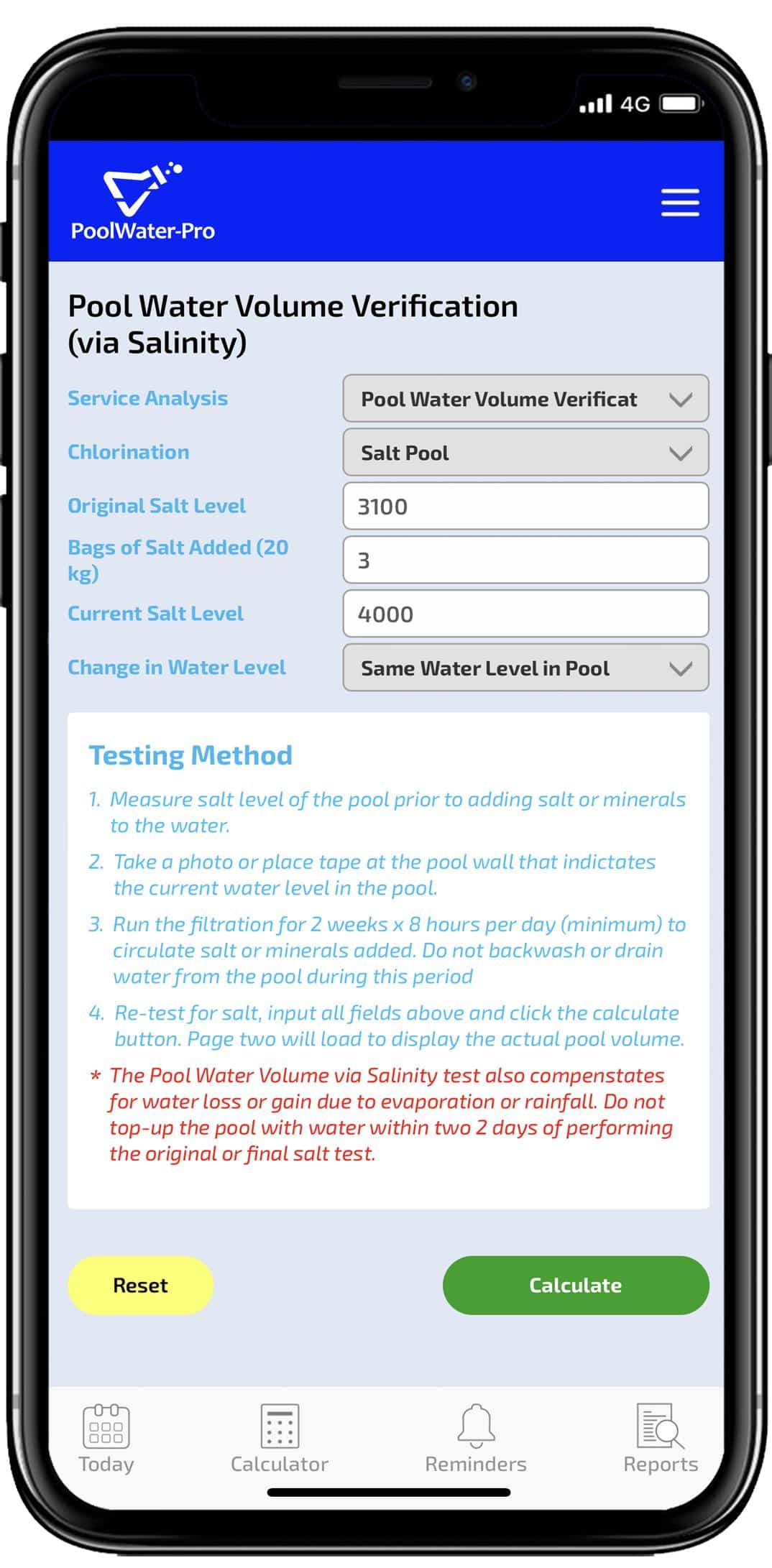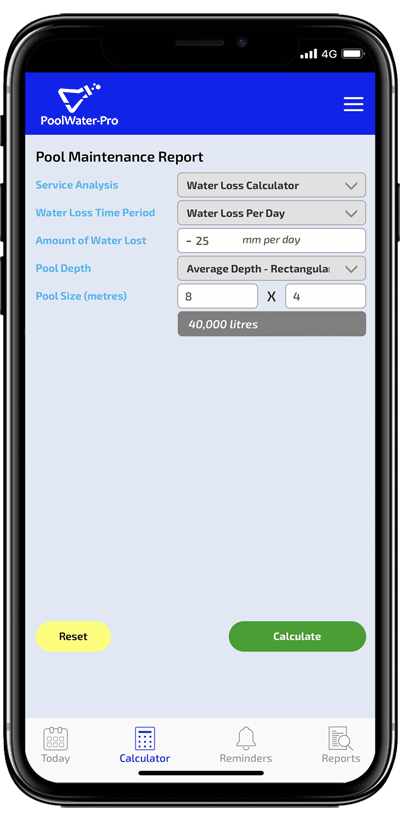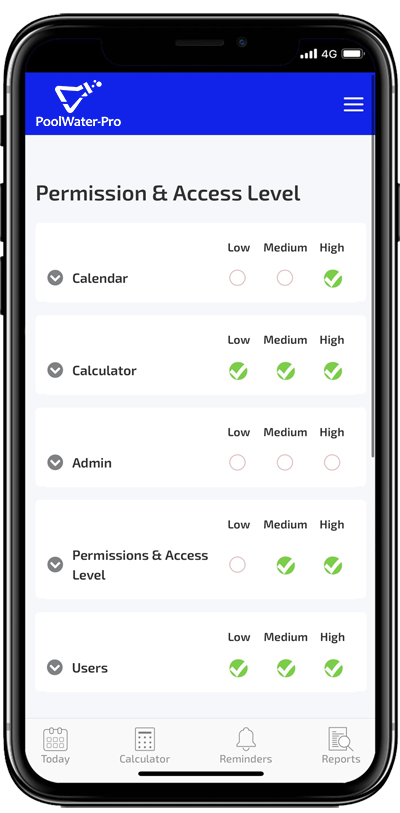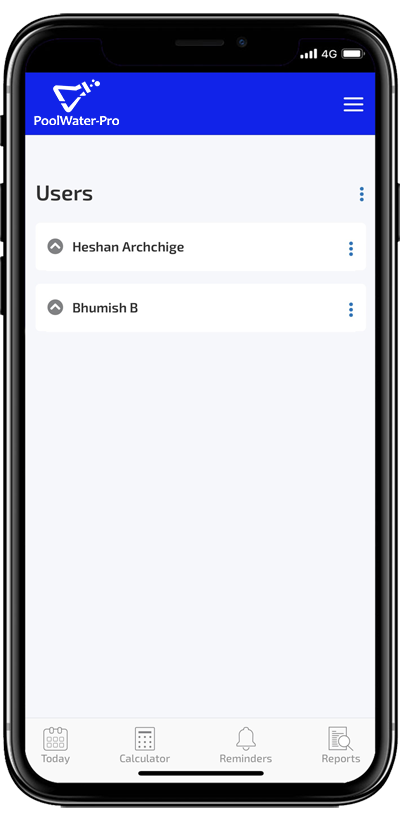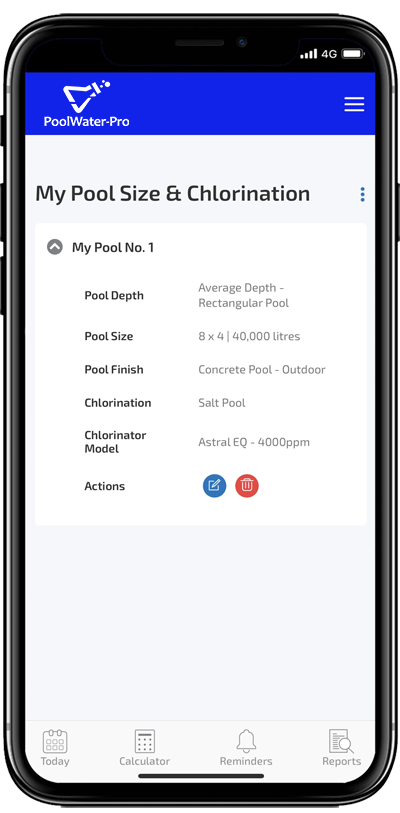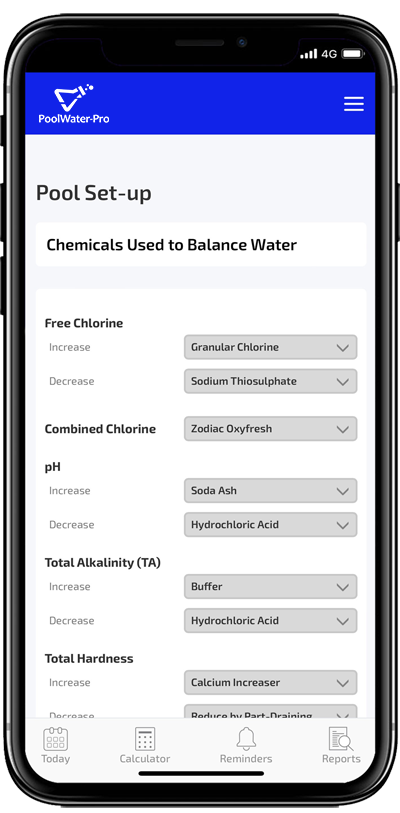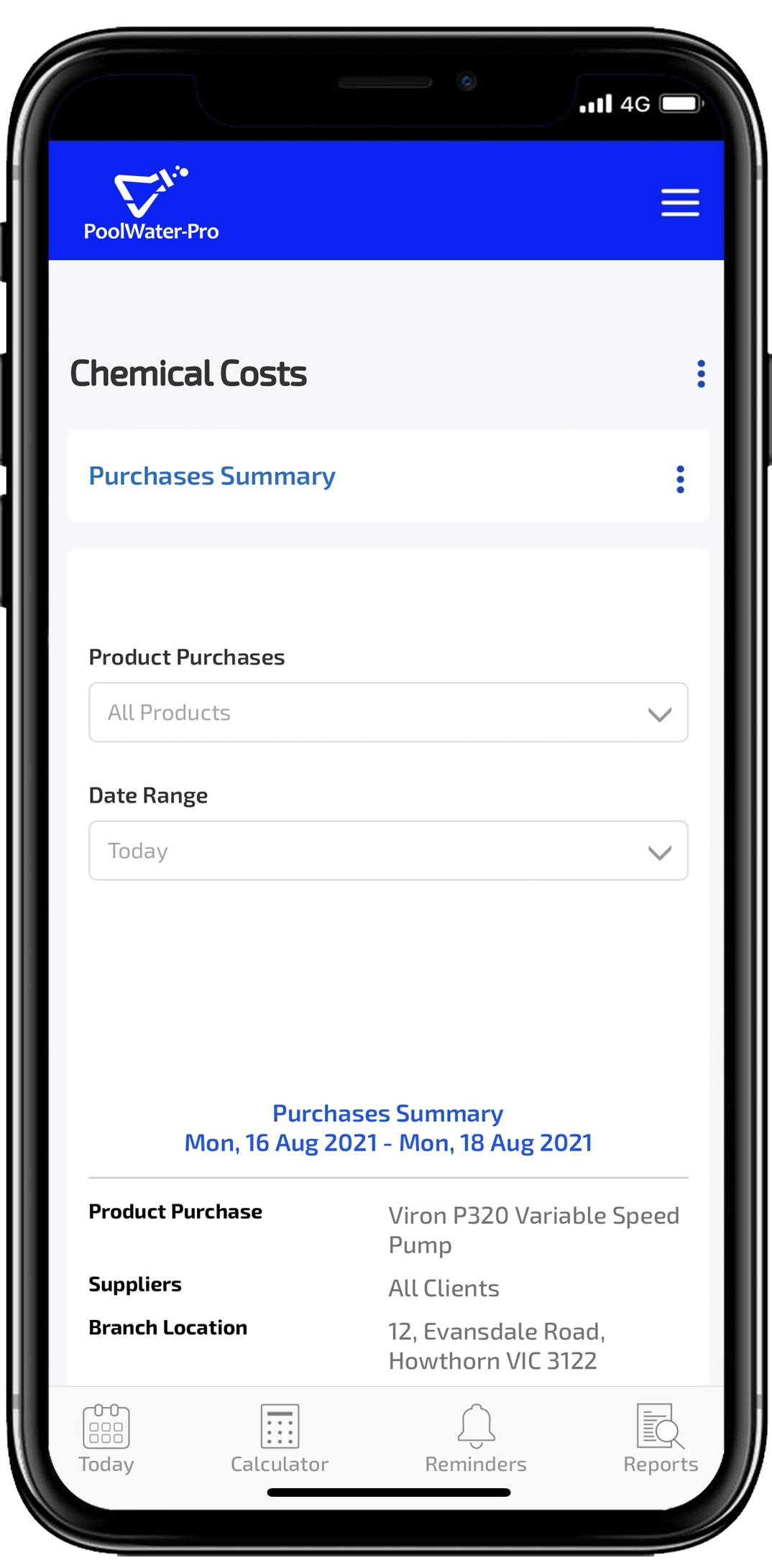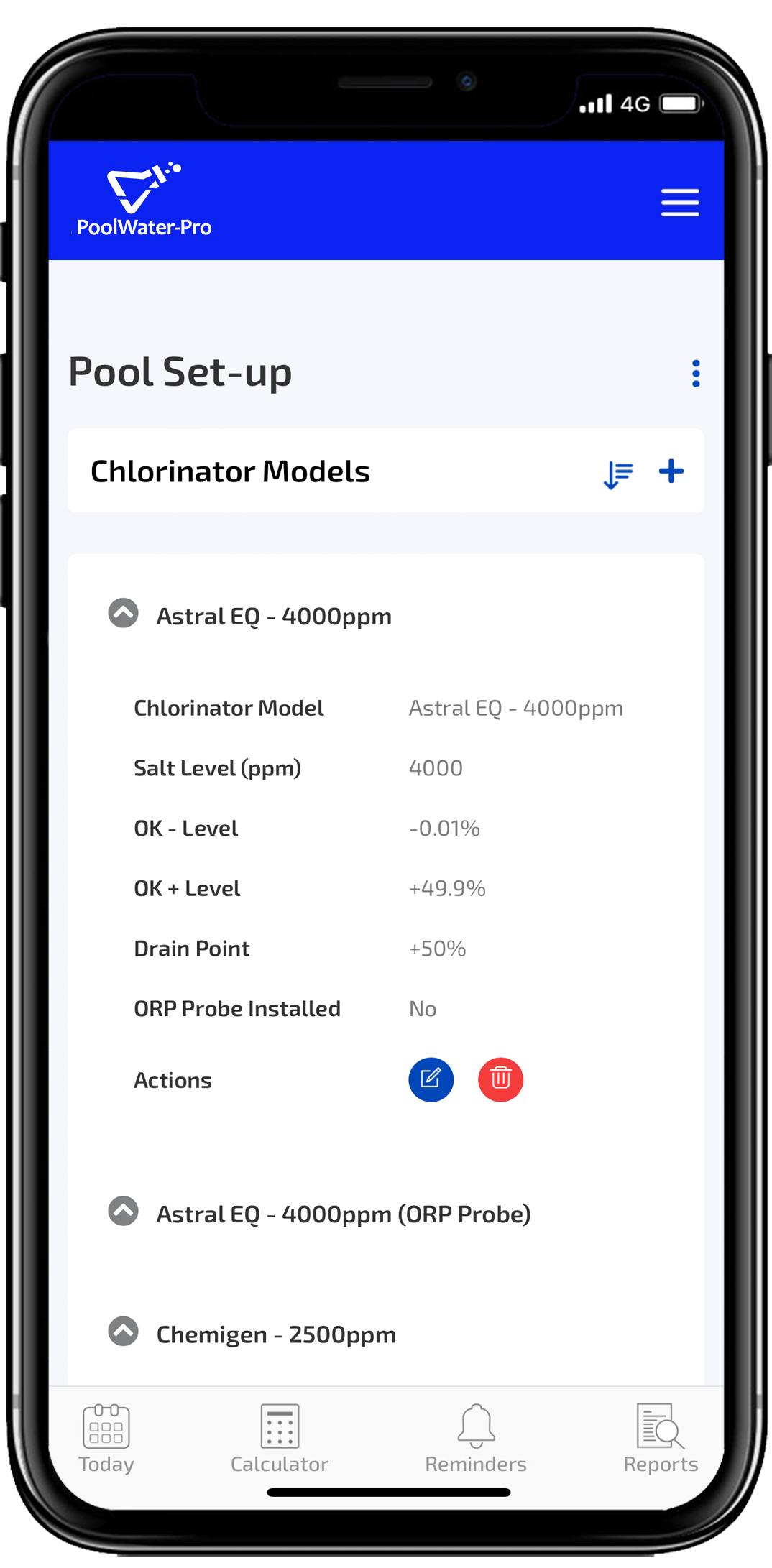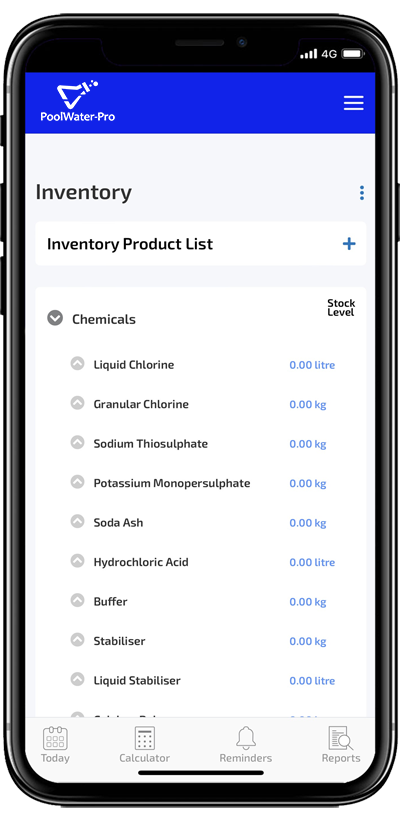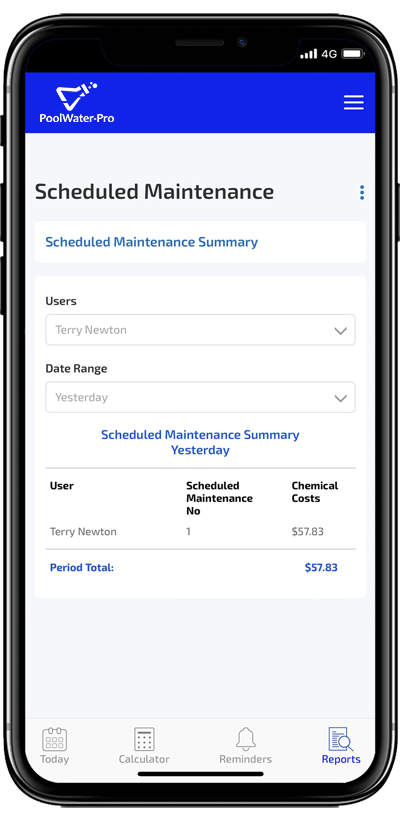Managing Total Hardness & Calcium Hardness
Total hardness in water consists of both calcium and magnesium ions and is the sum of both is the total hardness of pool water. Water from natural sources such as tap water or rainwater, don’t contain any calcium or magnesium. Only the calcium component is relevant for calculating water balance in swimming pools. Calcium hardness must be properly managed so it doesn’t affect pool surfaces, plumbing or the water quality.

- Relationship Between Total Hardness & Calcium Hardness
- Testing & Measurement
- Managing Calcium Harness
- Increasing Calcium Hardness
- Decreasing Calcium Hardness
Relationship Between Total Hardness & Calcium Hardness
A salt water or manually chlorinated pool that has never had minerals added, will only contain calcium hardness.
Mineral pools have magnesium as part of their composition, with the percentage of magnesium varying between different manufacturers.
A magnesium pool will have both calcium and magnesium hardness contributing to the total hardness of the pool water.
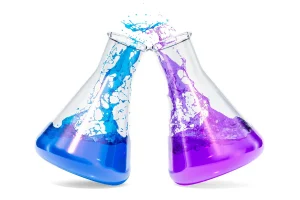
Testing & Measurement
Pool test strips only measure total hardness, so calcium hardness and magnesium hardness levels need to be separated.
This can be done by testing the water with a titration test or a high-end photometer capable of measuring both.
Depending on the mineral manufacturer, the total hardness measurement from a typical mineral pool will have 30% calcium hardness and 70% magnesium hardness when the water is properly balanced.
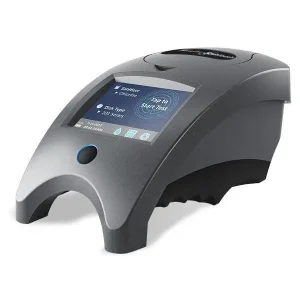
Managing Calcium Harness
To have your pool water balanced and not degrade your pool’s surfaces, pipework or equipment, it is necessary to regularly monitor calcium hardness levels.
Both low and high calcium levels can cause damage to your valuable pool asset.
Low Calcium Hardness
Pool water that is low in calcium hardness can become acidic and etch surfaces in concrete pools or damage the gel coat in fibreglass pools.
Low calcium levels in vinyl liner pools can have the liner become brittle, faded or wrinkle over time.
High Calcium Hardness
Water that is high in calcium hardness can make the pool turn cloudy, unless the pH and alkalinity levels are adjusted to compensate.
Cloudiness occurs when calcium hardness exceeds the water’s saturation point and can lead to calcium deposits forming on the pool walls, floor and plumbing pipe-work.
Test calcium hardness at least once a month to keep levels within the recommended range of 80 to 500 parts per million (ppm).

Increasing Calcium Hardness
Calcium chloride, also known as Calcium Increaser, Calcium Up or Harness Increaser is added to pool water to increase calcium harness levels.

Decreasing Calcium Hardness
Lowering calcium levels is challenging, but can be achieved by either of the following:- The most successful method is through dilution, which is part-draining some of the water from your pool and replacing it with softer water.
- The percentage of water to be drained can be calculated by determining the difference between the current and required salinity levels of your pool.
- Using flocculent to coagulate high levels of calcium, causing it to drop to the bottom of the pool.
- The sediment will then need to be vacuumed to waste to remove it from your pool.
- Reducing the calcium levels chemically with a calcium decreaser product is another option.
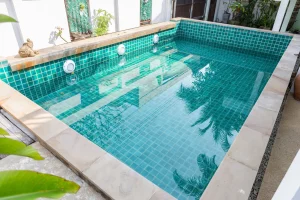
A salt water or manually chlorinated pool that has never had minerals added, will only contain calcium hardness.
Mineral pools have magnesium as part of their composition, with the percentage of magnesium varying between different manufacturers.
A magnesium pool will have both calcium and magnesium hardness contributing to the total hardness of the pool water.

Pool test strips only measure total hardness, so calcium hardness and magnesium hardness levels need to be separated.
This can be done by testing the water with a titration test or a high-end photometer capable of measuring both.
Depending on the mineral manufacturer, the total hardness measurement from a typical mineral pool will have 30% calcium hardness and 70% magnesium hardness when the water is properly balanced.

To have your pool water balanced and not degrade your pool’s surfaces, pipework or equipment, it is necessary to regularly monitor calcium hardness levels.
Both low and high calcium levels can cause damage to your valuable pool asset.
Low Calcium Hardness
Pool water that is low in calcium hardness can become acidic and etch surfaces in concrete pools or damage the gel coat in fibreglass pools.
Low calcium levels in vinyl liner pools can have the liner become brittle, faded or wrinkle over time.
High Calcium Hardness
Water that is high in calcium hardness can make the pool turn cloudy, unless the pH and alkalinity levels are adjusted to compensate.
Cloudiness occurs when calcium hardness exceeds the water’s saturation point and can lead to calcium deposits forming on the pool walls, floor and plumbing pipe-work.
Test calcium hardness at least once a month to keep levels within the recommended range of 80 to 500 parts per million (ppm).

Calcium chloride, also known as Calcium Increaser, Calcium Up or Harness Increaser is added to pool water to increase calcium harness levels.

Lowering calcium levels is challenging, but can be achieved by either of the following:
- The most successful method is through dilution, which is part-draining some of the water from your pool and replacing it with softer water.
- The percentage of water to be drained can be calculated by determining the difference between the current and required salinity levels of your pool.
- Using flocculent to coagulate high levels of calcium, causing it to drop to the bottom of the pool.
- The sediment will then need to be vacuumed to waste to remove it from your pool.
- Reducing the calcium levels chemically with a calcium decreaser product is another option.
Follow manufacturer’s instructions for dosage quantities and procedures for adding to your pool.
Another solution is to try find an economical reverse osmosis service in your area.

Introducing Effective Solutions
Simplify your pool maintenance routine with POOLWATER-PRO. Our software turns test-strips into accurate digital readings, right from your phone. Get instant alerts to know if your pool is safe to swim, plus any chemicals needed.
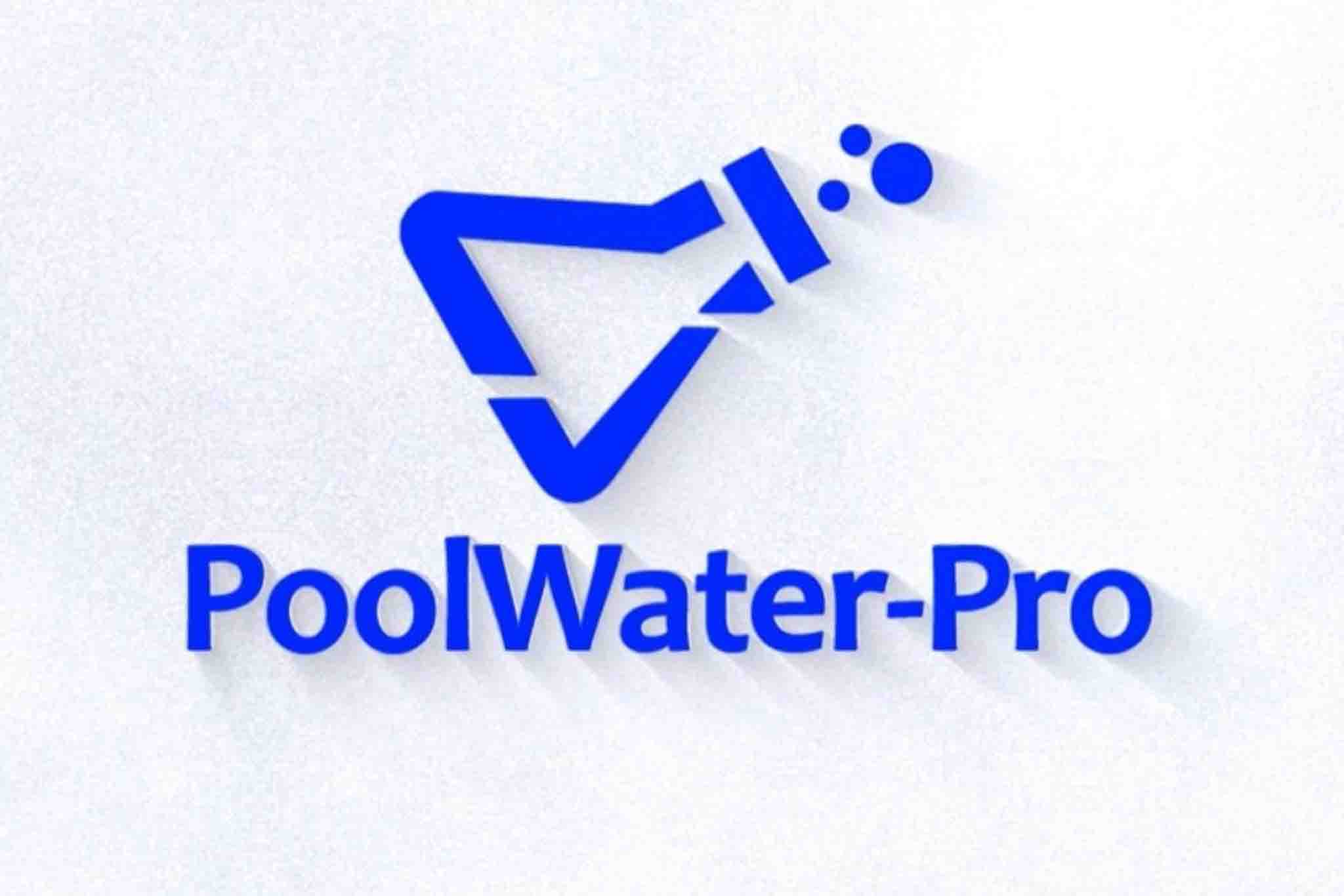
Introducing Effective Solutions
Simplify your pool maintenance routine with POOLWATER-PRO. Our software turns test-strips into accurate digital readings, right from your phone. Get instant alerts to know if your pool is safe to swim, plus any chemicals needed.
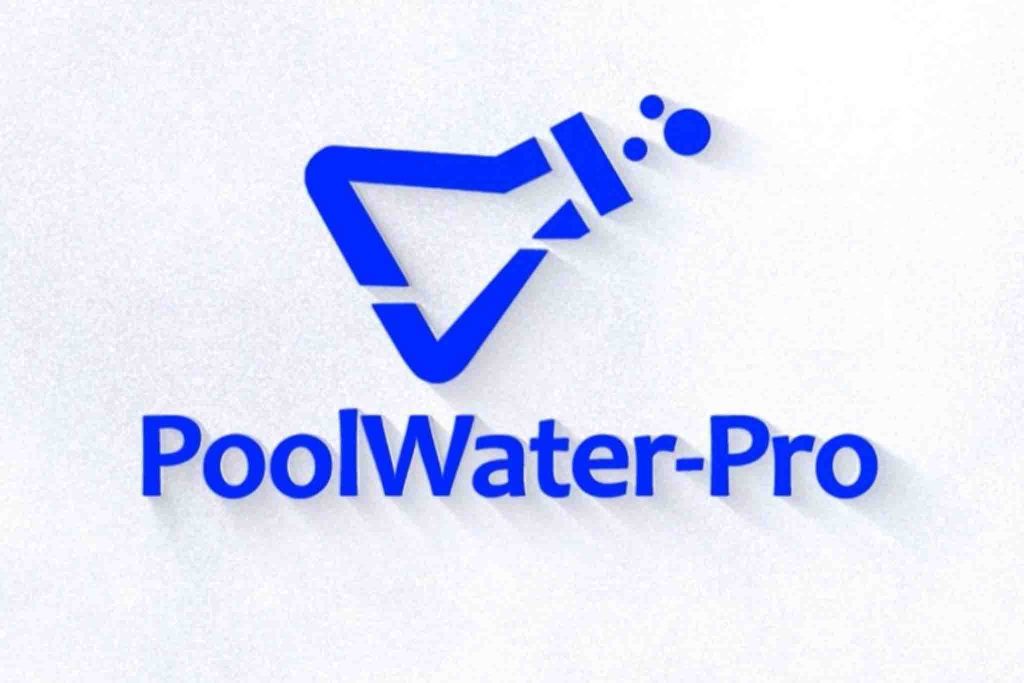
Your Path to Clarity
Watch this quick explainer video to see the platform’s features and how it can make pool care hassle-free.
Watch this quick explainer video to see the platform’s features and how it can make pool care hassle-free.



